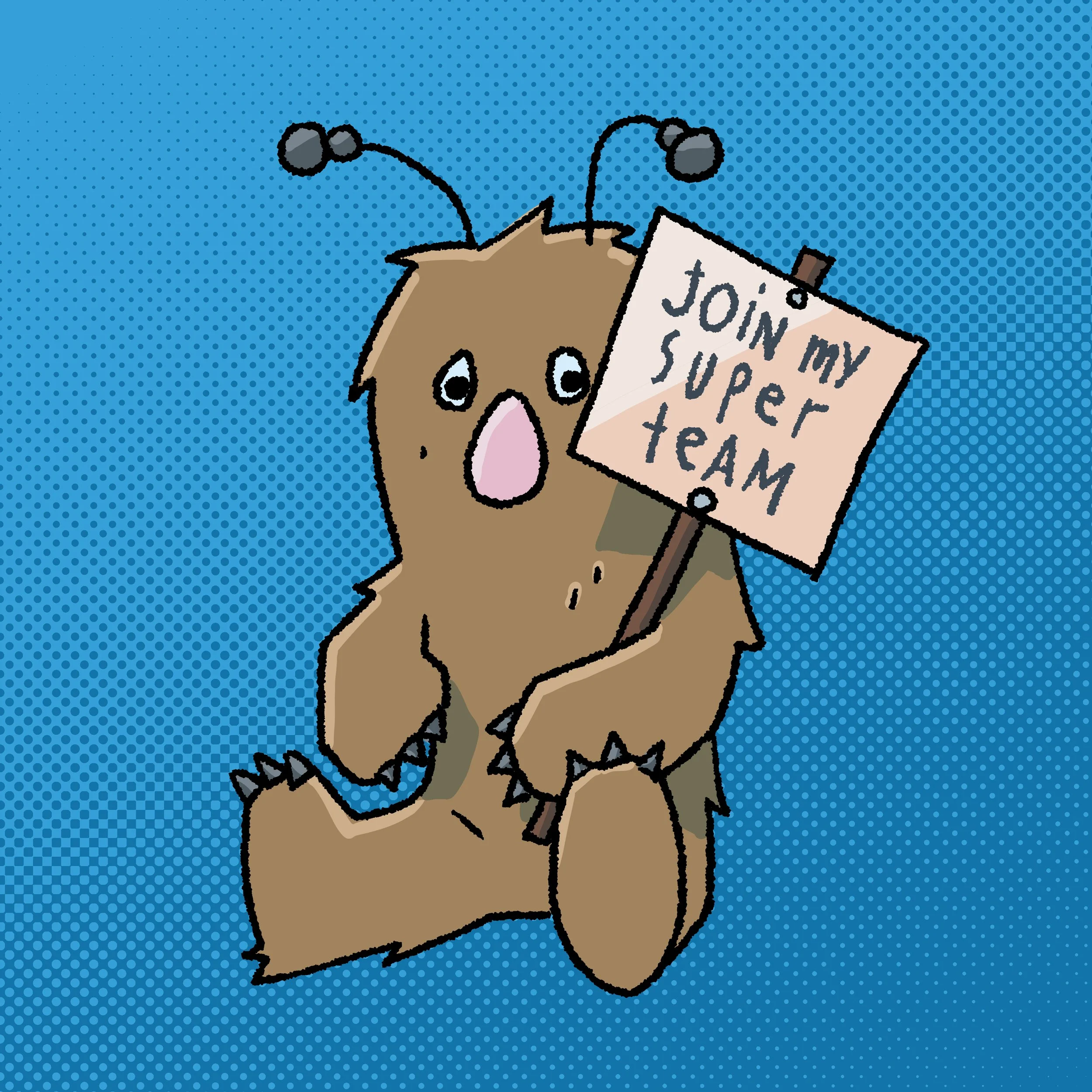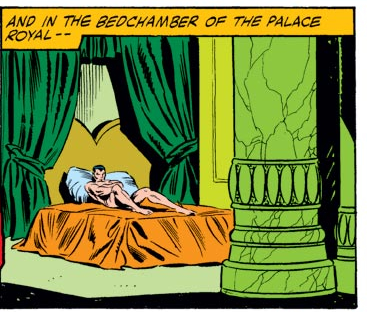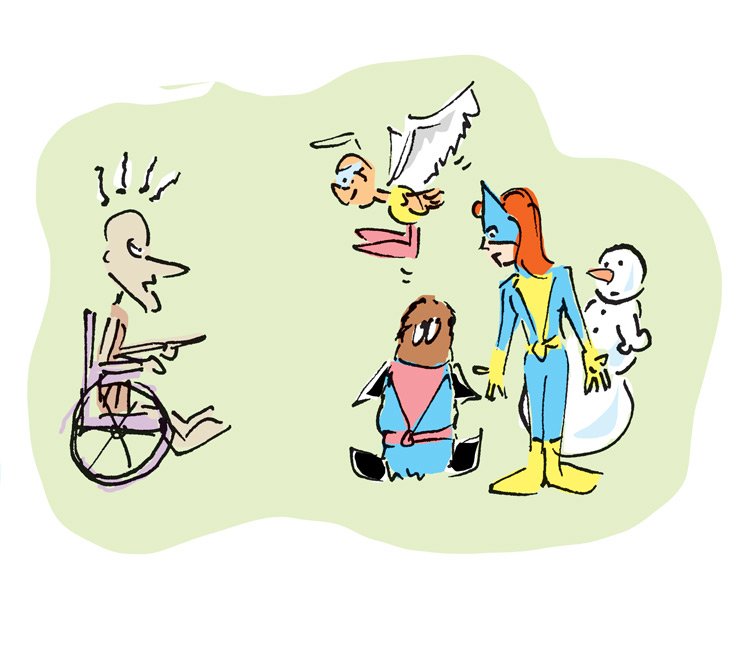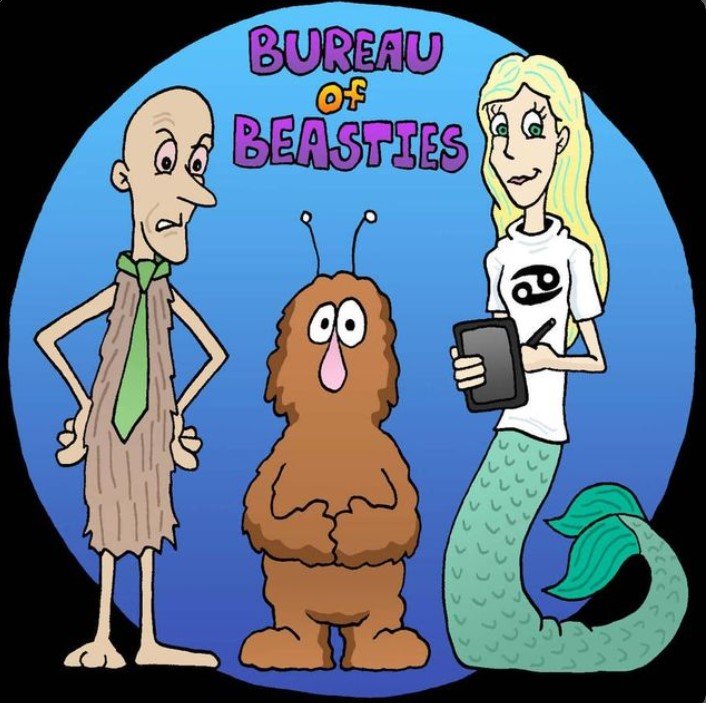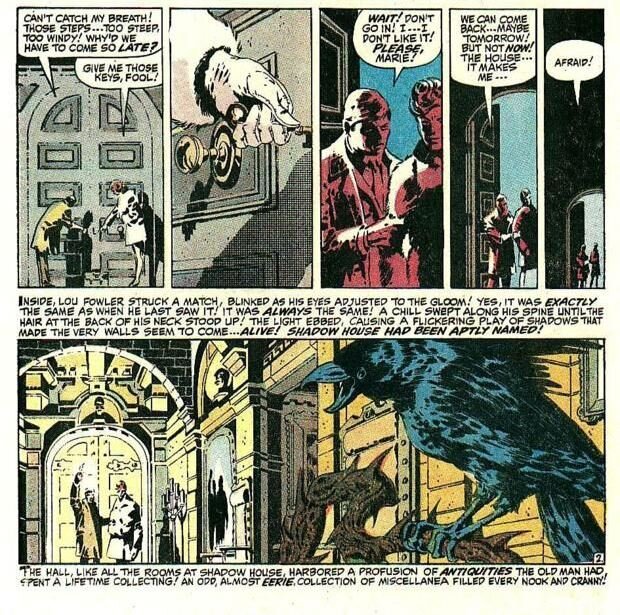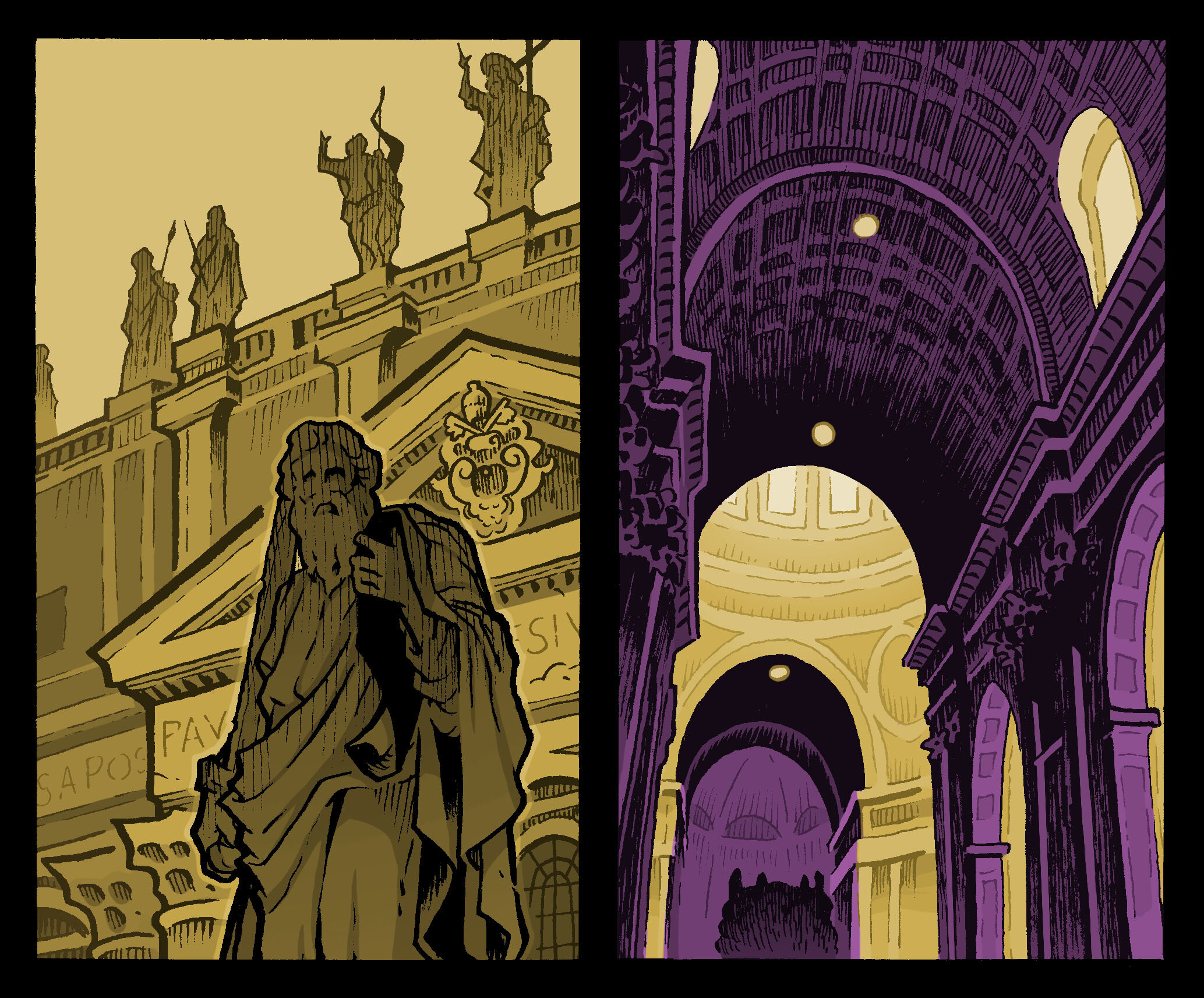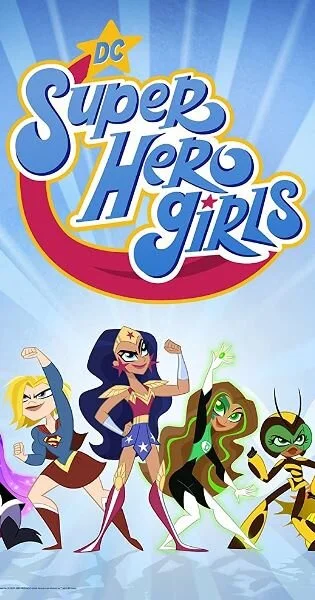This short-short story was printed in a small newsprint zine several years back. The author went on to win several awards in science fiction (but not for this, ingenious as it is). I figure that one good use of my blog is to post things that deserve a life on the internet.
The first interstellar expedition was doomed from the beginning.
Not because of inadequate technology--the starship itself, an elegantly designed saucer-shaped craft, used a revolutionary hyperdrive as its main propulsion system--but because of lack of forethought. Yet the mission planners were so intent upon colonizing an Earth-like planet which lunar-based telescopes had discovered, against all odds, in orbit around Alpha Centauri that they didn't take into consideration all the variables.
First, there was the foolishness of sending forth a single family. Someone failed to read J. B. Birdsell's paper, "Biological Dimensions of Small, Founding Populations" (Interstellar Migration and the Human Experience, University of California Press, 1985) which postulated, with considerable evidence gained from the observation of isolated third-world populations, that a group of at least one hundred people was necessary for the formation of a healthy, self-sustaining colony. Yet the starship had been built to carry only six passengers, who would be sealed within cryogenic freezing tubes during the four-and-a-half years it would take the vessel to reach its destination. Budget cutbacks were cited as reason for the fact the ship wasn't made bigger, yet the mission planners could have selected a biologically diverse crew. Three single men and three single women, perhaps, or even three married couples. A family of five, plus one unattached male, may have been psychologically stable, yet it also severely limited the available gene pool. A lot of crude jokes were made about the possible parings among the three children and the ship's pilot.
But that wasn't the worst of it. A saboteur hired by a hostile nation—Iraq? North Korea? Libya? to this day, no one knows for sure—had managed to become a member of the launch support team; indeed, he was the doctor who gave the crew its preflight physical just before launch. Shortly before the starship left Earth, the doctor successfully penetrated the security cordon surrounding the launch pad and entered the spacecraft. A guard discovered him within the ship, but the doctor killed him; his body was later discovered in a dumpster near the pad. The doctor then reprogrammed the ship's environmental control robot to destroy its major systems six hours after launch.
It should have been a perfect crime, yet the saboteur's luck ran out when he was caught aboard at liftoff. Panic-stricken, he revived the family and the pilot from suspended animation, but not before the robot severely damaged the inertial guidance system and destroyed the radio transmitter. The starship's hyperdrive, now wildly out of control, propelled the vessel out of the solar system; no one aboard was sure what happened next, but somehow the vessel caused a wormhole to form, and suddenly they found themselves in another part of the galaxy.
It was only merciful intervention on the part of the family matriarch which prevented the pilot from jettisoning the doctor from the airlock, yet the saboteur—clearly mentally unstable from the beginning, and now a full-blown paranoid-schizophrenic—attempted twice to kill members of the crew before the ship was forced to crash-land on a desert planet.
The members of the expedition tried to make the best of their dire situation. The youngest child, who was something of a prodigy despite his youth, restored the robot's original programming so that it was no longer homicidal. Meanwhile his father and the pilot explored the area surrounding the crash site, and his mother and two older sisters successfully set up a base camp. For a time, they gained the semblance of a model nuclear family, and soon they undertook the task of making their ship flightworthy once more.
Yet the doctor had become increasingly psychotic. When he wasn't talking aloud to the robot or hoarding food rations, he was still scheming to murder various members of the expedition (save for the boy, upon whom he seemed to have an unhealthy fixation). Soon it became too much for
them to bear. After a whispered Conference with the father, the pilot drew a laser pistol from the ship's weapons locker, escorted their unwanted guest a couple of miles from the base camp and, behind the shelter of a large boulder, shot him dead. The doctor was buried in an shallow, unmarked grave; to the end, no one knew if the name he had given them was his real one.
The execution of the doctor, albeit necessary, nonetheless had a bad effect upon morale. Until this point, the older daughter had been attracted to the pilot, which had been anticipated by the mission planners and condoned by her parents. Afterwards, she became increasingly aloof, not only from the pilot (who in turn became frustrated when his advances were coldly rebuffed) but also her family. She was the next to die, when a sudden earthquake dislodged a massive boulder and caused it to roll a steep escarpment beneath which she happened to be standing.
The pilot was the sole witness to her death; in the weeks that followed, he fell into a state of acute depression which left him sullen and unwary. Nearly a month later, one of the sixty-foot-tall cyclopean giants who prowled a nearby valley found him while he was tending to a remote weather platform. His remains were discovered the following day, or at least those which hadn't been devoured.
Struggling against shock and grief, the rest of the family redoubled their efforts to repair the starship, yet the odds had turned against them. The alien world, so Earth-like at first glance, had gradually revealed itself to be unrelentingly hostile, and they were woefully unprepared for its abrupt climatic shifts and bizarre life forms
Yet it was human error which killed the younger daughter. Her brother hand-built a SOS rocket that he planned to launch into space. Just whom it was supposed to attract is an unfathomable question, considering that the planet lay some uncalculated distance from Earth; the fact that his father allowed him to proceed with this project in the first place is an indication of their desperation. Yet shortly after launch, the rocket exploded in the high atmosphere and fell back into the camp as a fireball; although the boy survived its impact, his sister was incinerated.
The boy went into catatonic shock; refusing to speak, refusing to eat, he could only stare straight ahead with blank, dead eyes. His parents decided to return him to cryogenic suspension. Two of his siblings had perished already, and now they feared for the life of their youngest child. So they dressed him again in his silver-foil spacesuit, and placed him in one of the freezing tubes within the ship. This was a wise decision, for it was only three days later that they were caught in a freak electrical storm caused by the planet's erratic climate. They were attempting to cover the small hydroponic farm when lightning struck the metal tarp pole the father happened to be holding at that moment. He was killed instantly.
In the end, the mother fought a solitary battle to preserve what little was left of her family. With the assistance of the robot, she managed to get the starship back to operational condition; although the hyperdrive was never completely restored to warp capability, it could attain a maximum velocity of .75 light speed. Yet when the time came for her to leave the nameless planet upon which she had been marooned, she found herself unwilling to leave her husband and two daughters. Perhaps this was misplaced loyalty, or perhaps she had simply gone insane herself. Most likely she believed that the expedition had been jinxed from the beginning, and that by remaining behind she would remove the curse.
Whatever the reason, she programmed the robot to launch the starship back into space. When the starship lifted off, she was huddled beneath a flimsy tent near the family graveyard, watching as the saucer rose into the monochrome sky. A brave, strong-willed woman, she managed to survive for three more months before she succumbed to starvation.
Once the ship was in space once more, the robot plotted a return trajectory to Earth, based upon star charts and data from the ship's onboard computers. That task took nearly two hours; it's possible that the robot could have done the same job earlier, while the ship was still near Earth, had the doctor not fouled its programming. Yet a job done late is better than a job never done, and once the return course was set, the robot returned to its bay on the vessel lower level, from which it would periodically emerge, once every six months, to check the ship's status during its voyage home.
It was destined to be a long trip. The starship had crashed on a planet in orbit around 70 Virginis, located nearly 59 light-years from Earth. Even a maximum velocity, it would take the ship nearly a century for it to complete its journey.
Within a cryogenic tube on the ship's upper level, the sole surviving member of Earth's first interstellar expedition remained an eternal child. In a perpetual state of REM dream-sleep, his subconscious mind evoked surreal fantasies in which his family, along with the pilot and the doctor, were not only alive and well, but also having spectacular adventures. Lacked in suspended animation, he encountered extraterrestrial circuses and intergalactic traders, space hippies and space bikers, frog-headed princes and carrot men and mouthless invaders from the fifth dimension, all utterly strange yet comforting in their simplicity. And through all this, his family was always with him: his sisters ageless and beautiful, his mother kindly and forgiving, and his father handsome and brave. The robot sang and cracked jokes, and the doctor became his guardian and best friend.
The dreams of a young boy, lost in space.


